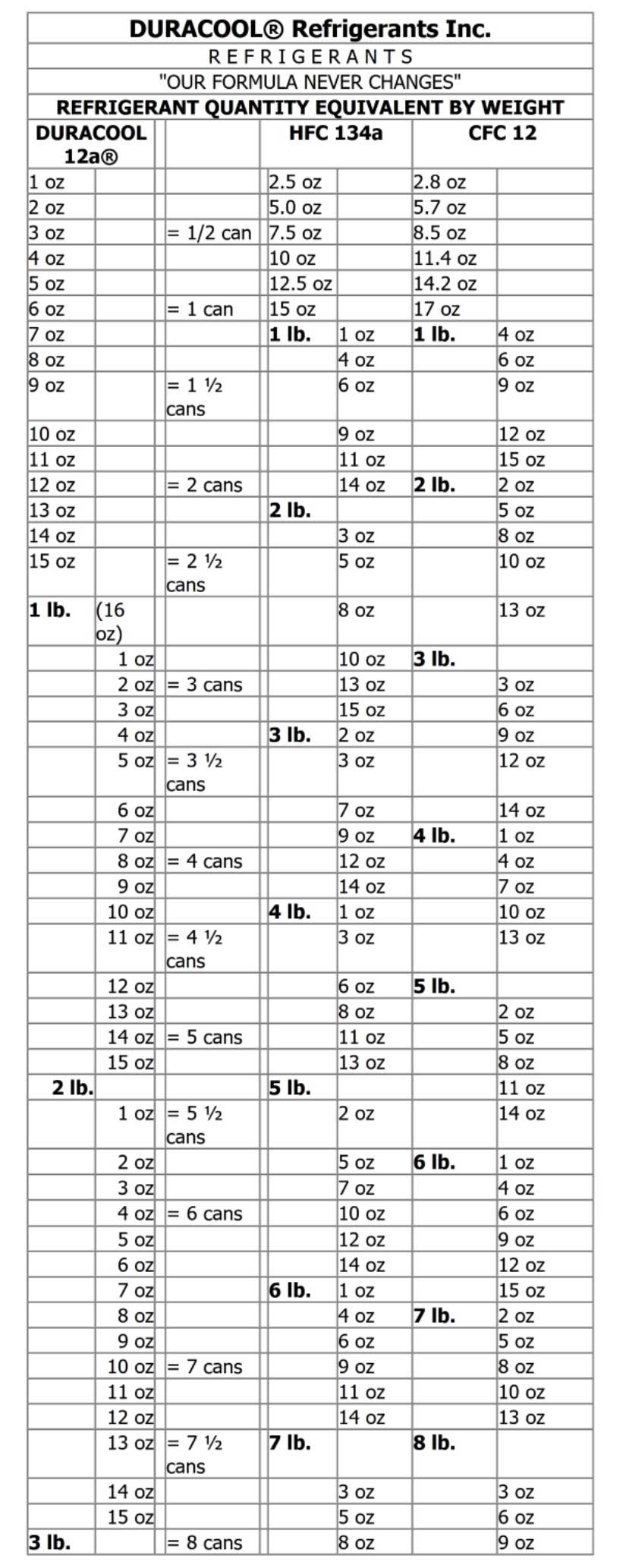AC was open for a few months (No condenser installed) but recently I put in the condenser and a new drier. Pulled vacuum and it held for days so I tried to fill er up with Envirosafe. Low side took up to 70psi as usual, but the compressor wasn't kicking on. So I tried giving it a little jump to get it going at the drier switch. Compressor kicked on but absolutely nothing happened in terms of pressures.. See video.
<iframe width="560" height="315" src="https://www.youtube.com/embed/WXId6EdbRCk" frameborder="0" allow="accelerometer; autoplay; encrypted-media; gyroscope; picture-in-picture" allowfullscreen></iframe>
So then I cracked open both valves on the AC manifold to let pressures even between high and low to see what would happen. Compressor kicks on by itself now but the pressures don't move a single PSI when it does.
<iframe width="560" height="315" src="https://www.youtube.com/embed/Cbvye6lh0v8" frameborder="0" allow="accelerometer; autoplay; encrypted-media; gyroscope; picture-in-picture" allowfullscreen></iframe>
I have no idea what's going on.. All the AC parts I'm using were working perfectly last year.
EDIT: I thought maybe the expansion valve was stuck open but if that was the case I think the high and low side would've evened out when I put AC juice into the low side. I replaced the valve like 2 years ago IIRC. If it was stuck closed I think the compressor would suck everything out of the low side and pump it into the high.. I dunno. Help.
<iframe width="560" height="315" src="https://www.youtube.com/embed/WXId6EdbRCk" frameborder="0" allow="accelerometer; autoplay; encrypted-media; gyroscope; picture-in-picture" allowfullscreen></iframe>
So then I cracked open both valves on the AC manifold to let pressures even between high and low to see what would happen. Compressor kicks on by itself now but the pressures don't move a single PSI when it does.
<iframe width="560" height="315" src="https://www.youtube.com/embed/Cbvye6lh0v8" frameborder="0" allow="accelerometer; autoplay; encrypted-media; gyroscope; picture-in-picture" allowfullscreen></iframe>
I have no idea what's going on.. All the AC parts I'm using were working perfectly last year.
EDIT: I thought maybe the expansion valve was stuck open but if that was the case I think the high and low side would've evened out when I put AC juice into the low side. I replaced the valve like 2 years ago IIRC. If it was stuck closed I think the compressor would suck everything out of the low side and pump it into the high.. I dunno. Help.
Last edited:


